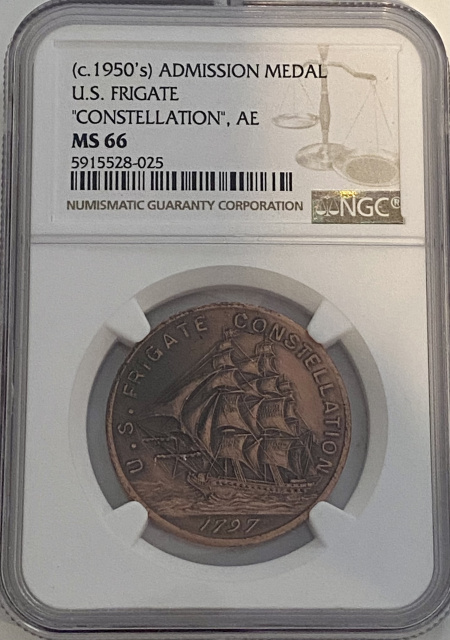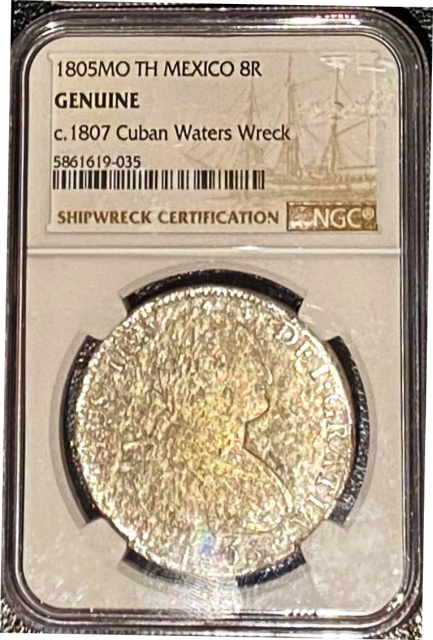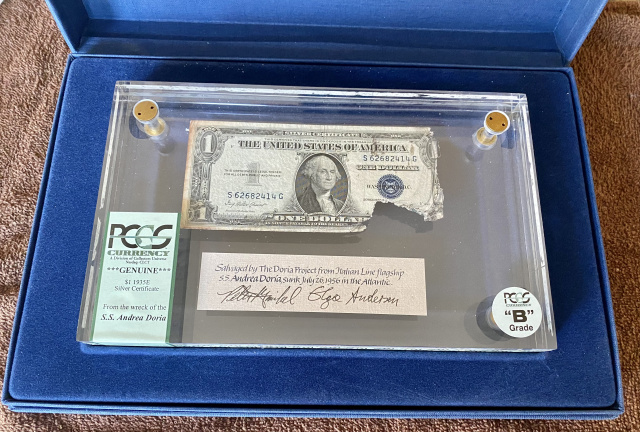Shipwreck Buried Treasure
Ahoy, Me Hearties! Avast Ye Pirates many treasures, shipwrecks and so many other interesting pieces from the coffers that will Shiver yo Timbers!
Pirate lore is rife with tales of hidden treasure and maps where “X” marks the spot, but there are only a few reliable accounts of buccaneers actually burying their loot.
From English privateer Francis Drake who after a 1573 raid on a Spanish mule train, where he and his men interred several tons of gold and silver along the Panamanian coast to prevent it from being recaptured. Drake left guards at the site, however, and quickly retrieved the booty after rendezvousing with his ships.
Of course another sea scoundrel was Captain William Kidd, the notorious privateer-turned-pirate who became a wanted man for plundering shipping in the Indian Ocean. In 1699, Kidd dropped anchor near New York and buried the modern equivalent of millions of dollars in gold and jewels on tiny Gardiners Island. He was soon arrested in Boston while trying to clear his name, and it wasn’t long before the authorities tracked down and confiscated most of the ill-gotten treasure. Kidd, meanwhile, was transported to London and executed by hanging.
Like many other pirate myths, the concept of buried plunder was popularized by author Robert Louis Stevenson’s 1883 novel “Treasure Island,” which involves a hunt for a cache of gold hidden by a salty ship captain. Yet according to maritime historian David Cordingly, the buccaneers of old were rarely so frugal. Rather than turning a hole in the ground into a savings account, they were more likely to squander their spoils on women, rum and gambling as soon as they returned to port.


